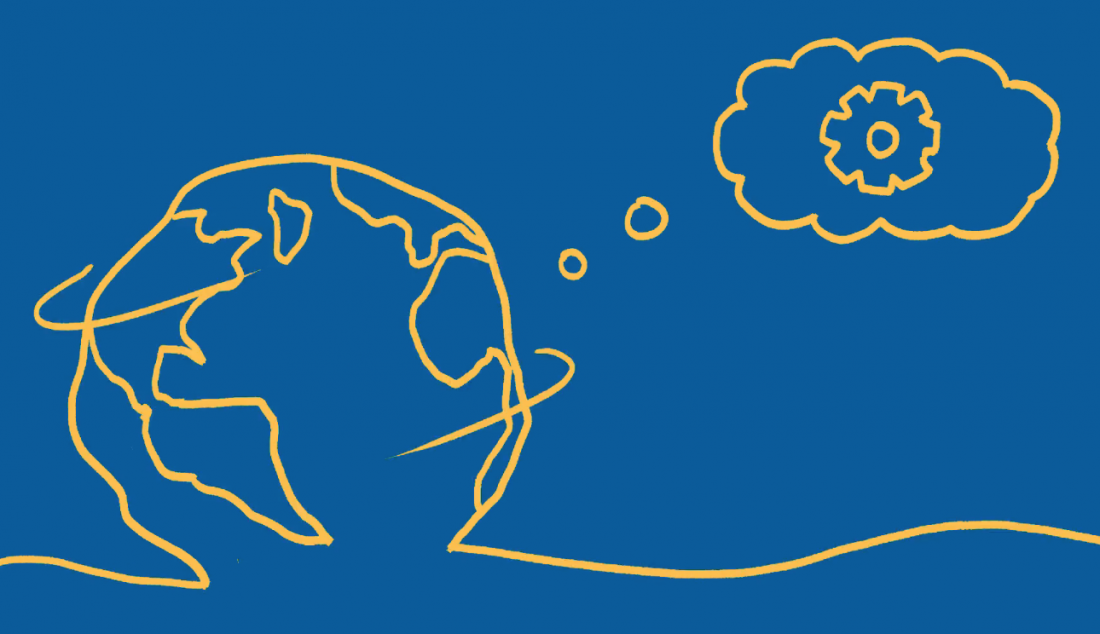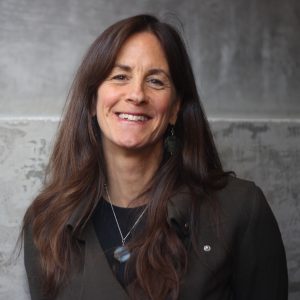There have been many discussions and declarations around the definitions of sustainability and sustainable design. But what about sustainable designers? What should a sustainable designer understand and be able to do?
The visionaries that created MCAD’s fully online MA in Sustainable Design program had some thoughts on that!
They created the program because they believed that we needed more change leaders. They believed we needed more professionals to retool and help change how we do literally everything. They believed in a Restorative Economic model, where we use what we already have, make only what we really need, put things back better than we found them. Based on these beliefs, they envisioned what it takes to be a sustainable designer.
They believed a sustainable designer must understand and be able to:
- Apply sustainability criteria and frameworks to make sustainable change in business.
- Apply systems thinking and the major systems frameworks for sustainability, including cradle-to-cradle (C2C), life’s principles, biomimicry, memes/emergence, patterns, and modularity/diversity.
- Apply effective, resilient, and creative leadership to respond to humanity’s greatest and most complex challenges with innovative and humane solutions.
- Apply key sustainable business methodologies, including Restorative Economics, the Precautionary Principle, The Hannover Principles, and The Caux Round Table.
- Design real sustainable products for real companies, benefiting customers, the companies themselves, and the rest of the world — and know why they are better.
- Apply personal practice, innovation techniques, and implement their sustainable design ideas.
- Abstract functional strategies from nature to generate innovative and sustainable solutions that reflect nature’s design principles.
- Use information design to present sustainability data in a way that is relevant for consumers
- Use consumer perception and market triggers, material selection, environmental impact, and long-term strategic thinking to create products that are appealing as well as sustainable.
- Work collaboratively, across disciplines and across the globe.
And they didn’t limit the program to those that call themselves “designers”. They made it relevant and accessible to range of passionate professionals who want to do their part to restore the world.
Do you want what it takes to be a sustainable designer and help change how we do literally everything? We hope so!

